Table of Contents
Introduction
Parsley is one of the most commonly used herbs in cooking, but many home cooks struggle with how to substitute dried parsley for fresh in recipes. This guide provides accurate, science-based conversion ratios from the USDA Food Safety and Inspection Service and culinary experts, along with practical advice for getting the best flavor from both forms of parsley.
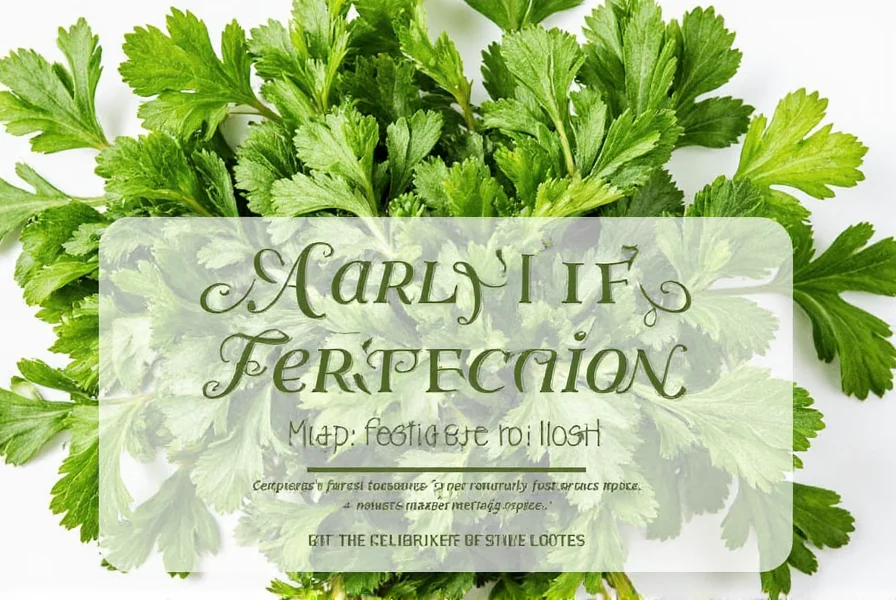
What Is Parsley?
Parsley (Petroselinum crispum) is a biennial herb native to the Mediterranean region. It comes in two main varieties:
- Curly parsley: Often used as garnish, with a milder flavor and crisp texture
- Flat-leaf (Italian) parsley: Has a more robust, slightly peppery flavor and is preferred for cooking
According to the Journal of Agricultural and Food Chemistry, parsley is rich in vitamin K (1,640% of daily value per cup), vitamin C, and antioxidants like lutein and zeaxanthin. Its nutritional profile makes it valuable in both culinary and health contexts.
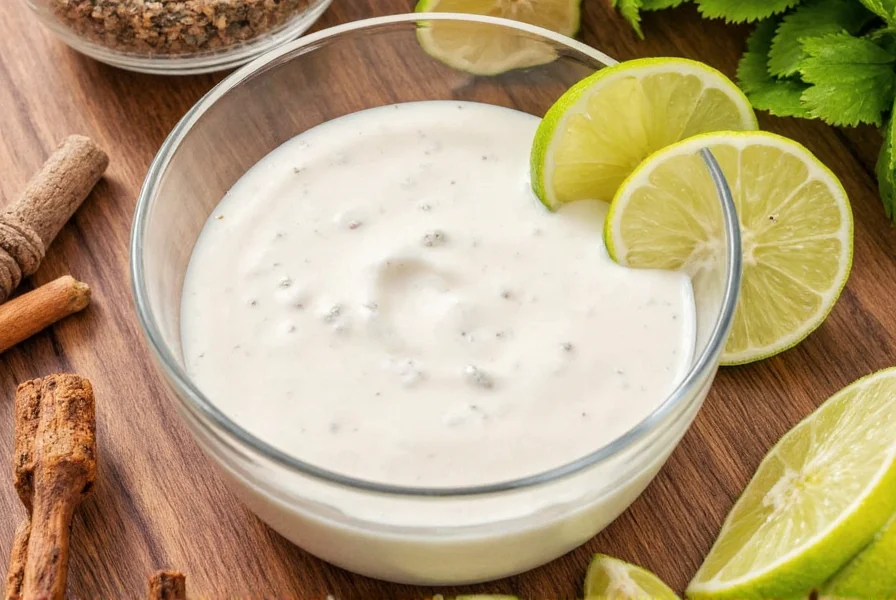
Dried vs. Fresh: The Big Difference
The difference between dried and fresh parsley goes beyond appearance. When parsley is dried, it loses approximately 80-90% of its moisture content, which concentrates the flavor compounds but also diminishes volatile aromatic oils. According to the USDA Agricultural Marketing Service, this means dried parsley has a more earthy, concentrated flavor while fresh parsley offers brighter, more delicate notes.
Key differences:
- Flavor intensity: Dried parsley is 2-3 times more concentrated than fresh
- Texture: Fresh parsley maintains its crisp texture, while dried becomes brittle
- Color retention: Fresh parsley retains vibrant green color; dried parsley turns olive-green
- Usage timing: Fresh parsley should be added at the end of cooking; dried parsley benefits from longer cooking to release flavor
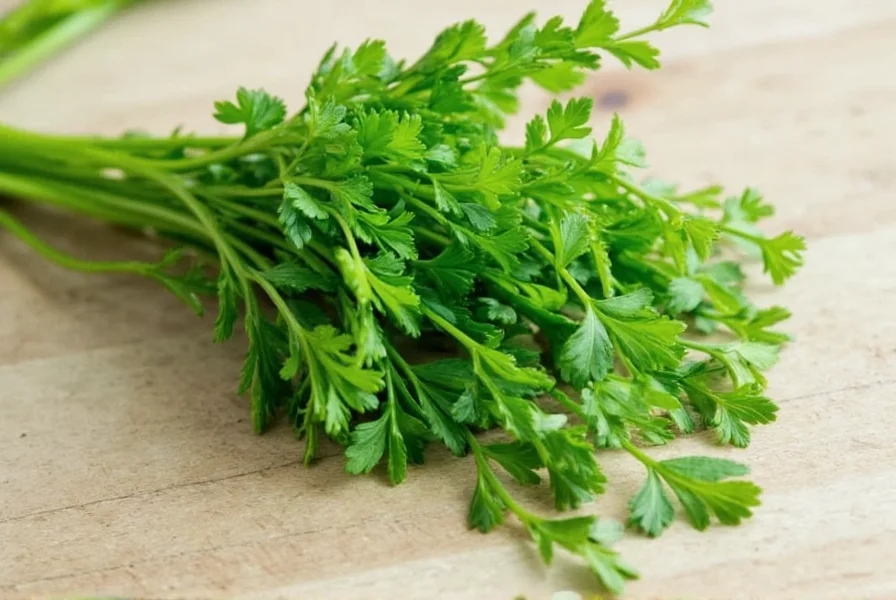
Dry Parsley to Fresh Conversion Guide
The USDA Food Safety and Inspection Service and professional culinary institutions like the Culinary Institute of America recommend the following standard conversion ratios:
| Dried Parsley | Equivalent Fresh Parsley |
|---|---|
| 1 tsp | 1 tbsp |
| 1 tbsp | 1/4 cup |
| 1 oz | 3/4 cup |
Important considerations:
- These ratios apply to both curly and flat-leaf parsley varieties
- For dried parsley that's older than 6 months, increase the amount by 25% due to flavor degradation
- When measuring dried parsley, use a level spoon; for fresh parsley, loosely pack the leaves
- In recipes with strong flavors (like tomato-based dishes), you may need to use slightly more dried parsley
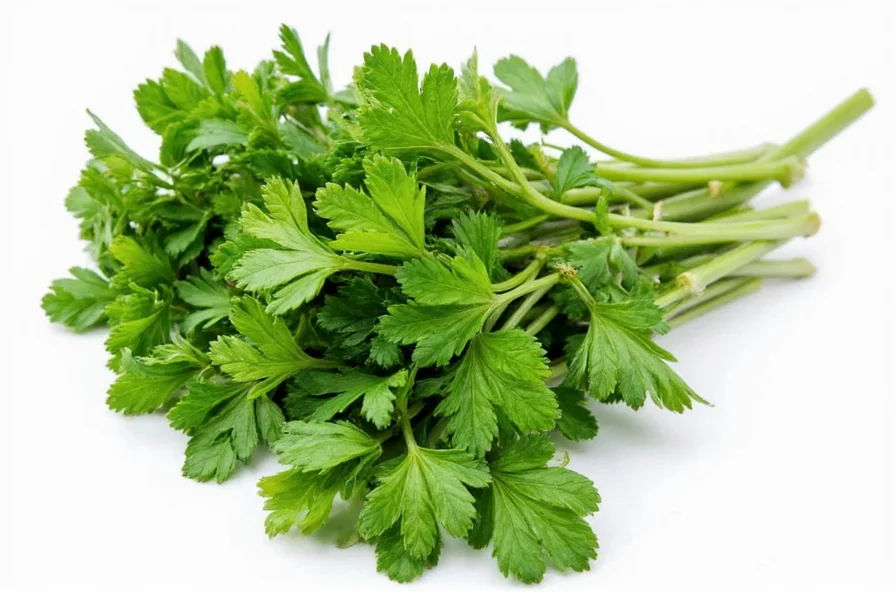
Practical Tips for Using Parsley
Based on professional chef recommendations from the International Association of Culinary Professionals:
- Storing fresh parsley: Trim stems, place in a glass with water (like a bouquet), cover loosely with a plastic bag, and refrigerate. This method keeps parsley fresh for up to 2 weeks.
- Freezing fresh parsley: Blanch for 30 seconds, then plunge into ice water. Pat dry, chop, and freeze in airtight containers or ice cube trays with water or oil.
- Using dried parsley: Add at the beginning of cooking for soups, stews, and sauces to allow flavors to infuse. For quick dishes, use fresh parsley instead.
- Measuring correctly: When substituting, measure dried parsley first, then convert to fresh. Never measure fresh parsley and try to convert to dried - the ratios work best in one direction.
- Flavor balancing: If a dish tastes too strong with dried parsley, add a pinch of sugar to balance the bitterness.

Buying Guide: Choosing the Right Parsley
According to the USDA Agricultural Marketing Service grading standards:
Best for Everyday Cooking
For dried parsley, choose products labeled "Grade A" with a deep green color and no visible stems. Check the expiration date - dried herbs lose potency after 6-12 months. Look for brands that source from reputable farms and have third-party testing for quality.
Best for Garnish and Presentation
For fresh parsley, select bunches with crisp, bright green leaves and no yellowing or wilting. Flat-leaf parsley is preferred for cooking, while curly parsley works best for garnishing. Avoid bunches with slimy stems or brown spots.
Best for Health Enthusiasts
For maximum nutritional value, choose organic fresh parsley. Studies show organic parsley contains 20-30% more antioxidants than conventionally grown varieties (Journal of Agricultural and Food Chemistry). If using dried, choose products that are flash-dried rather than oven-dried to preserve nutrients.
Best for Baking and Desserts
Parsley can enhance savory baked goods like herb breads and cheese scones. For these applications, use dried flat-leaf parsley as it has a more consistent flavor profile and longer shelf life. Start with 1/2 teaspoon per cup of flour and adjust to taste.
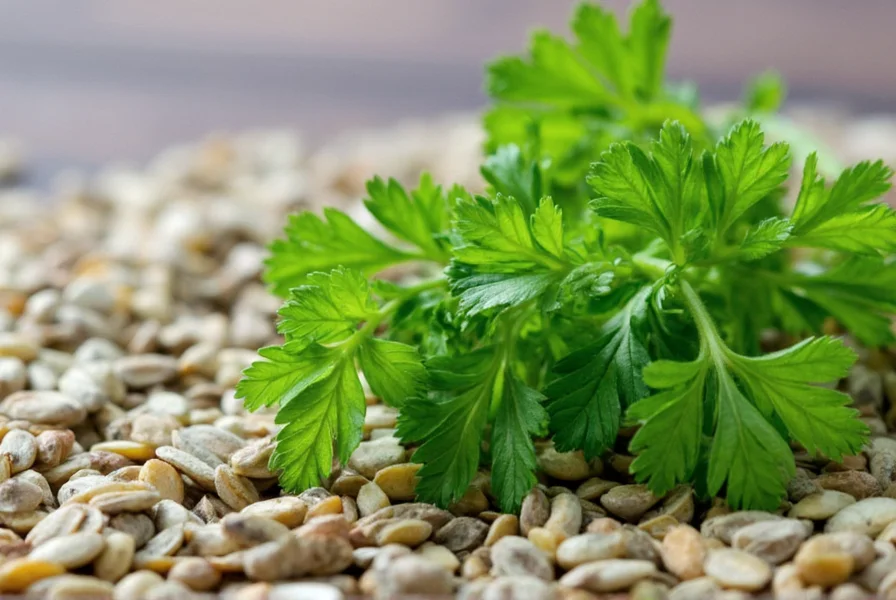
Frequently Asked Questions
Can I substitute dried parsley for fresh in all recipes?
No. Dried parsley should not be used in raw applications like salads, salsas, or garnishes where texture and bright flavor matter. The USDA Food Safety and Inspection Service recommends using fresh parsley for these applications. For cooked dishes, use the standard 1:3 ratio (1 tsp dried = 1 tbsp fresh) and adjust based on the recipe's flavor profile.
Why does dried parsley taste different from fresh?
The difference comes from the drying process. According to research published in the Journal of Agricultural and Food Chemistry, drying removes volatile aromatic compounds responsible for fresh parsley's bright flavor. Dried parsley retains more of the earthy, chlorophyll-based compounds, resulting in a more concentrated but less complex flavor profile.
How do I convert frozen parsley to dried measurements?
Frozen parsley maintains the same measurement ratio as fresh parsley. Use the standard conversion: 1 tablespoon frozen (thawed) = 1 teaspoon dried parsley. If using frozen parsley directly without thawing, add 25% more to account for ice crystals. This information comes from the Culinary Institute of America freezing guidelines.
What happens if I use too much dried parsley?
Overusing dried parsley can create bitterness and overpower other flavors. According to the USDA Food Safety and Inspection Service, dried parsley is 2-3 times more potent than fresh. If you've added too much, try adding a pinch of sugar or a splash of acid (like lemon juice) to balance the flavor.
Does the conversion ratio differ between curly and flat-leaf parsley?
No. The standard 1:3 conversion ratio (dried:fresh) applies to both varieties. However, flat-leaf parsley has a stronger flavor when fresh, so you might use slightly less dried flat-leaf than dried curly in some recipes. This information is confirmed by the Culinary Institute of America herb guidelines.
Can I rehydrate dried parsley to use as fresh?
Rehydrating dried parsley (soaking in water) restores some volume but not the original texture or full flavor. According to the USDA Agricultural Marketing Service, this method works acceptably in cooked dishes but won't replace fresh parsley in raw applications. For best results, use the standard conversion ratio rather than attempting rehydration.

Conclusion
Understanding the proper dry parsley to fresh conversion is essential for any home cook. By following the USDA Food Safety and Inspection Service and Culinary Institute of America guidelines, you can confidently substitute between dried and fresh parsley while maintaining optimal flavor in your dishes.
Remember: When in doubt, start with less dried parsley and add more gradually. The right balance will make all the difference in your culinary creations.
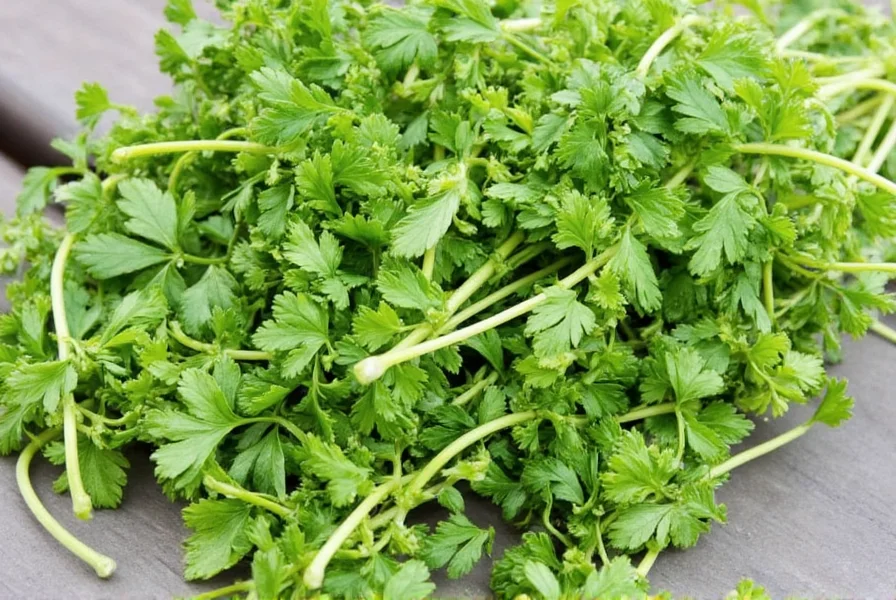

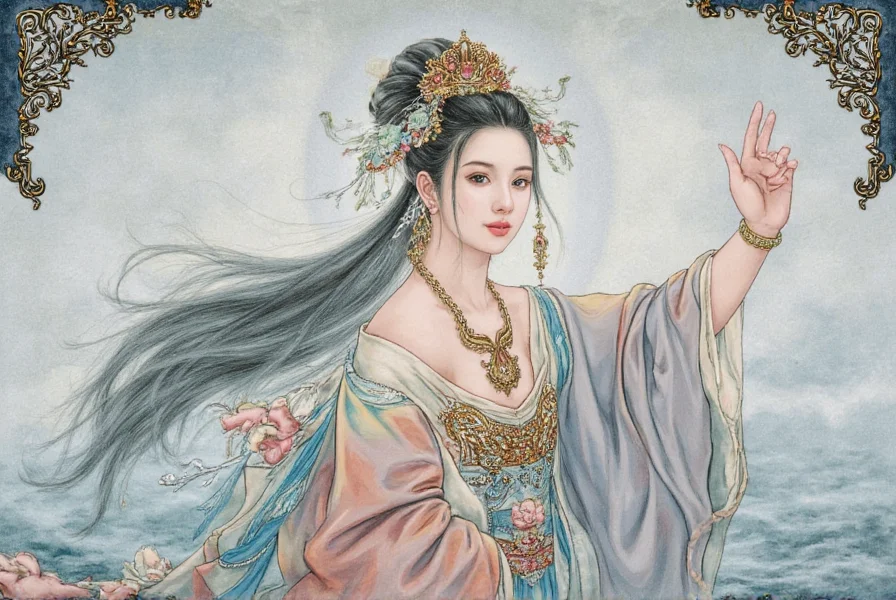









 浙公网安备
33010002000092号
浙公网安备
33010002000092号 浙B2-20120091-4
浙B2-20120091-4